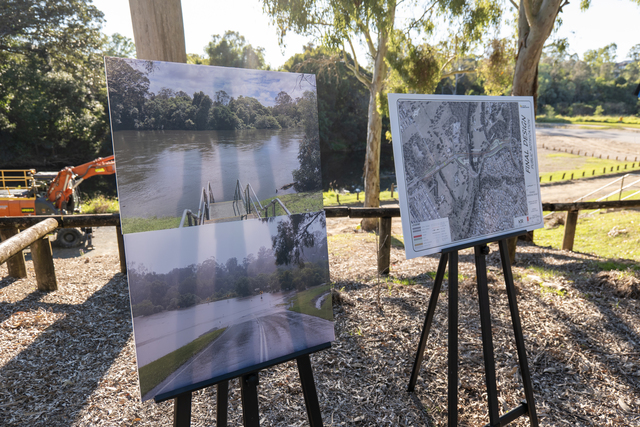The Good Oil by Rod Brown*
Three years ago, Dr Roy Powell from the Centre for Agricultural and Regional Economics in Armidale presented a paper entitled ‘Agriculture and the Economy’ at a conference in Wagga. It provides wise counsel well beyond agriculture – and its contents are quite prophetic. Dr Powell asserted that the ‘New Economic Geography’ explains the dynamics driving the way economies are developing – and they depart from the conditions of a competitive economy.
In particular, there is a focus on increasing economies of scale within firms, and substantial economies in running businesses in larger urban centres relative to smaller centres.
Furthermore, improvements in transport and communications are achieving the following.
- Allowing a larger hinterland to be serviced from a given location, permitting the centralising of many operations and the use of just in time delivery systems.
- Facilitating the hauling of products over longer distances to large scale processing operations.
- Centralising many functions – enabling rationalisation of branch structures.
- Facilitating more operations on a ‘fly in fly out’ model, or the operation of specialist services from a central location via modern communication technologies.
On balance, these factors have been adverse to rural regions viz. the rationalisation of bank branches, a decline in population, the withdrawal or downsizing of government services. An economy driven by market forces changes the structure of the economy.
Key elements
Dr Powell sees the issues that need to be better understood in the New Economic Geography as the following.
- The role of networks and alliances in generating scale.
- How to emulate or counterbalance the agglomeration economies that are powerful attracting forces in cities.
- The risks associated with regions becoming more specialised.
- How to improve amenity values – to attract business managers to a region.
- Achieving lower cost transport and communications systems.
At a minimum, governments have to be prepared to provide the essential infrastructure.
Infrastructure spending in recent times has been determined essentially by demand – rather than the role that it may play in shaping the future structure of the economy.
Therefore more of the infrastructure budget is targeted at ameliorating the social costs of pollution and congestion in urban areas.
This is supported by tax revenues raised across the economy rather than on the basis of a user pays system.
Thus, if there is a larger proportionate share of infrastructure spending directed to urban centres, then rural areas are effectively subsidising the urban centres.
Estimates of infrastructure expenditure in NSW suggest that the rural share declined from around 17 percent in 1991-92 to around 10 percent in 1997-98, despite rural dwellers accounting for 30 percent of the population.
Dr Powell’s article also provided the following glossary of terms that gives some great pointers to addressing industry development.
Globalisation – regions compete, not nations. The advantages of free international movement of goods and services are an important source of increased economic growth only as long as you are internationally competitive (see Ohmae, 1995). If you are not, you soon will be, because international markets will devastate your exchange rate and at the same time lower your standard of living.
Customising of products – we are seeing important forms of consumer sovereignty, where market operators readily find someone in the world who is prepared to supply just what they want in terms of product specification and delivery terms. In other words, competitive advantage is ephemeral without constant market intelligence, effort and vigilance.
Specialisation – this management dictum urges business to be focused on those core activities that have potential to be internationally competitive – with non core activities being outsourced. Thus the ‘regions compete’ notion will result in regions concentrating their production into fewer of their activities and, as a result, will be reversing a century of thinking that advocated diversification.
Economic rationalisation – the reliance on the market to determine what, how and where goods are produced has seen the level playing field progressing through such relatively easy areas as the reduction of tariffs and subsidies. However, much is yet to be achieved in labour regulations, environmental regulations, tax regimes and so forth.
Economic and structural change – while 20 percent of the population thrives on change and the opportunities that it provides, the remainder resist and resent being told with ever increasing frequency that they have to change!
Holistic and dynamic management – the business of the 21st century will need to approach management in an holistic way and allocate resources to a wide range of tasks such as use of technology, product specification/quality, business finance/risk management, environment and resource management.
Roy Powell explained to me that his formative years involved growing spuds in the wet, windy hills of Gippsland.
This presumably gave him reference points for his contribution to the economic debate. Although his advice is now three years old, like a good red, it has improved with age.
He may be contacted at www.care.net.au
*Rod Brown’s Canberra based consultancy group, Australian Project Developments Pty Ltd, specialises in industry/regional development and government liaison. For further information telephone (02) 6231 7261 or email apd@orac.net.au







